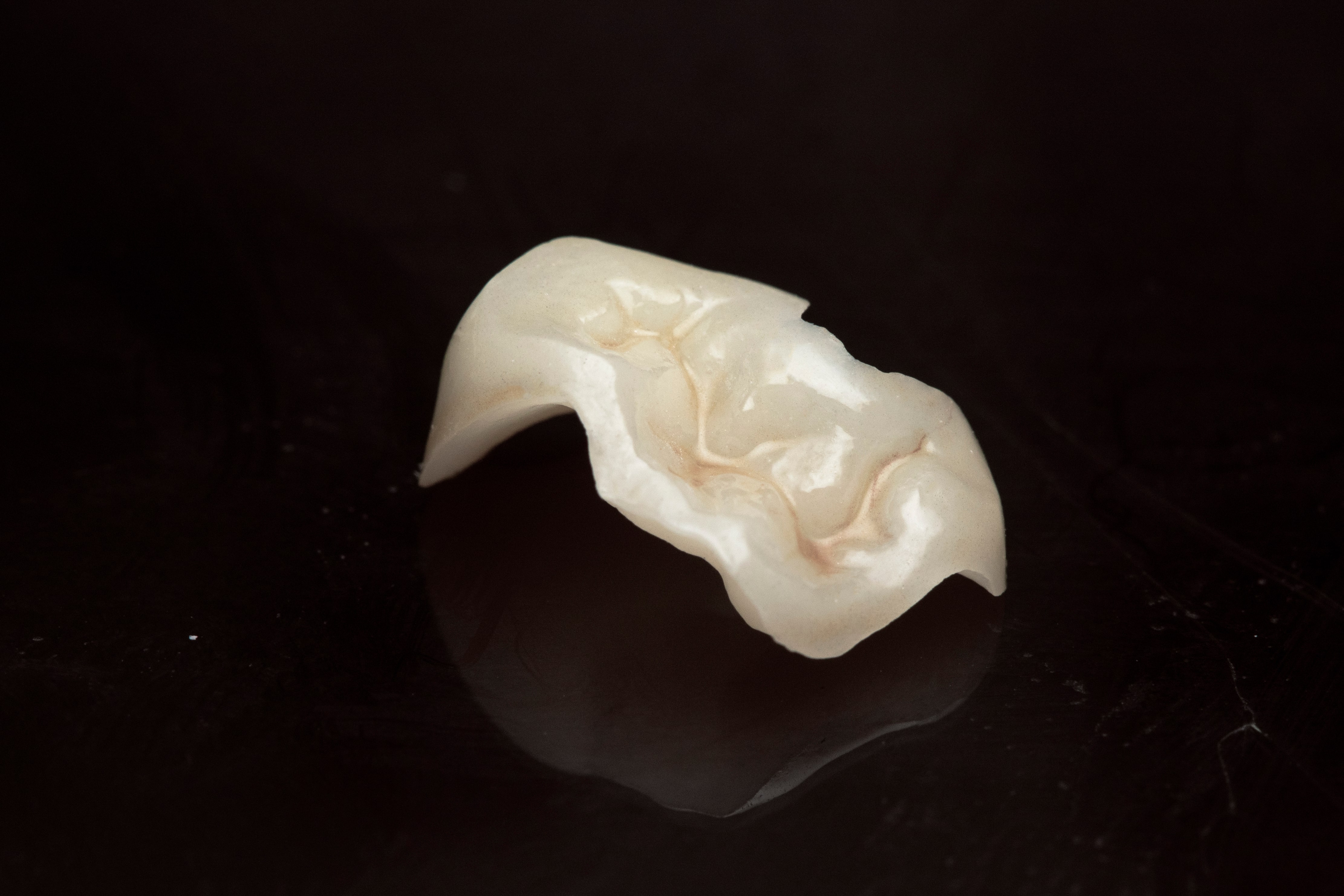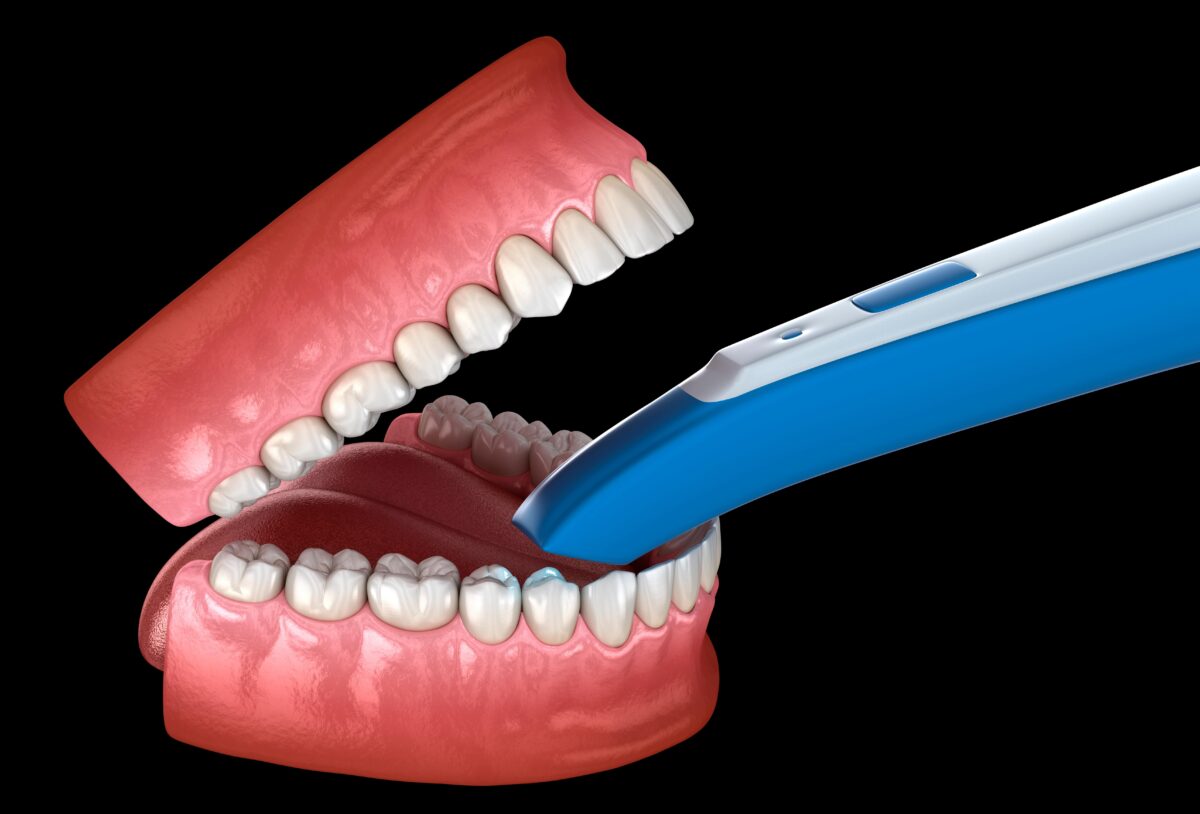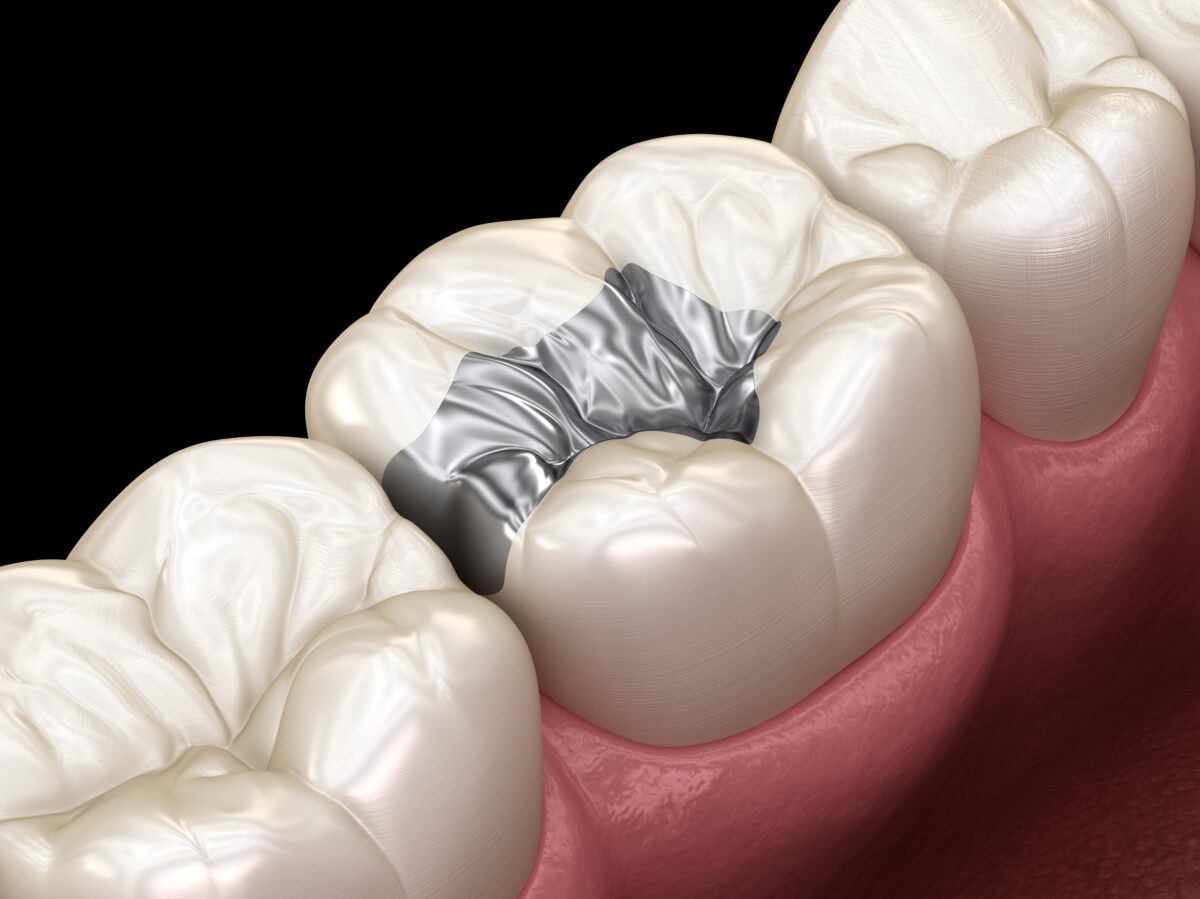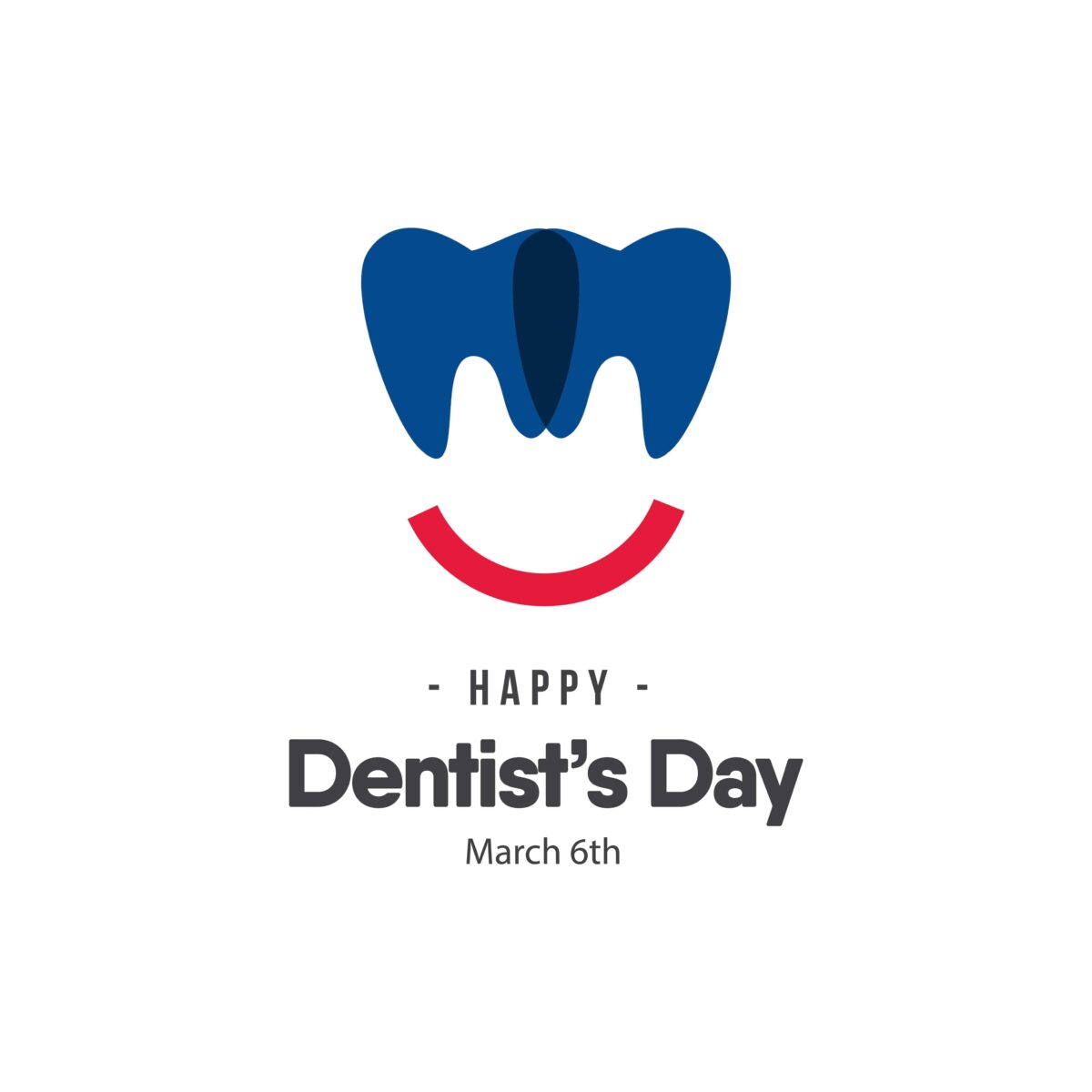If you’re like most people, you probably don’t give much thought to your teeth until something goes wrong. And when it does, one of the first things you’ll need to do is see a dentist. If you have tooth decay, the dentist may recommend an indirect filling. But what’s the difference between an inlay and an onlay? In this blog post, we will define what an indirect filling is, explain the difference between an inlay and onlay, and provide a step by step analysis of how they are placed. We’ll also discuss cases where one restoration is better than the other.
What is an indirect filling?

An indirect filling is a type of dental restoration used to treat tooth decay or damage. It is made from materials such as porcelain, gold, or composite resin, that are bonded to the tooth by a dentist. Unlike direct fillings, which are placed directly into the tooth, indirect fillings are made outside of the mouth and then bonded to the tooth.
There are two main types of indirect fillings: inlays and onlays. An inlay is an indirect filling that fits inside the cusps (top) of the tooth, usually over the chewing surface. An onlay is an indirect filling that covers one or more cusps of the tooth. Inlays are generally smaller than onlays.
Inlays and onlays are placed by a dentist. First, the tooth is prepared by removing the decay or damaged tooth material. Next, an impression is made of the prepared tooth. The inlay or onlay is then made from this impression. Once the inlay or onlay is ready, it is placed into the prepared tooth and bonded in place.
Which is Best?
Inlays and onlays have many benefits, including:
- Increased strength and durability
- Better seal against bacteria and food particles
- Reduced sensitivity to hot and cold temperatures
- Improved aesthetics
They are often recommended by dentists when a tooth is too damaged to be repaired with a direct filling (such as a composite resin), but not so damaged that it needs to be replaced with a dental crown.
There are several factors that will influence a dentist’s decision to place an inlay or onlay, including the extent of the damage, the location of the tooth, and the patient’s preferences. In general, inlays are used when the damage is confined to the chewing surface of the tooth. Onlays are used when the damage extends to one or more cusps of the tooth.
Inlays and onlays can last for many years, but they may eventually need to be replaced due to wear or decay. If you have an inlay or onlay, be sure to practice good oral hygiene and visit your dentist regularly for checkups and cleanings.
In Conclusion
In this blog, we have defined what an indirect filling is, explained the difference between an inlay and onlay, and provided a step by step analysis of how they are placed. We’ve also discussed cases where one restoration is better than the other. If you have tooth decay or damage, be sure to see your dentist for treatment. Thanks for reading!





